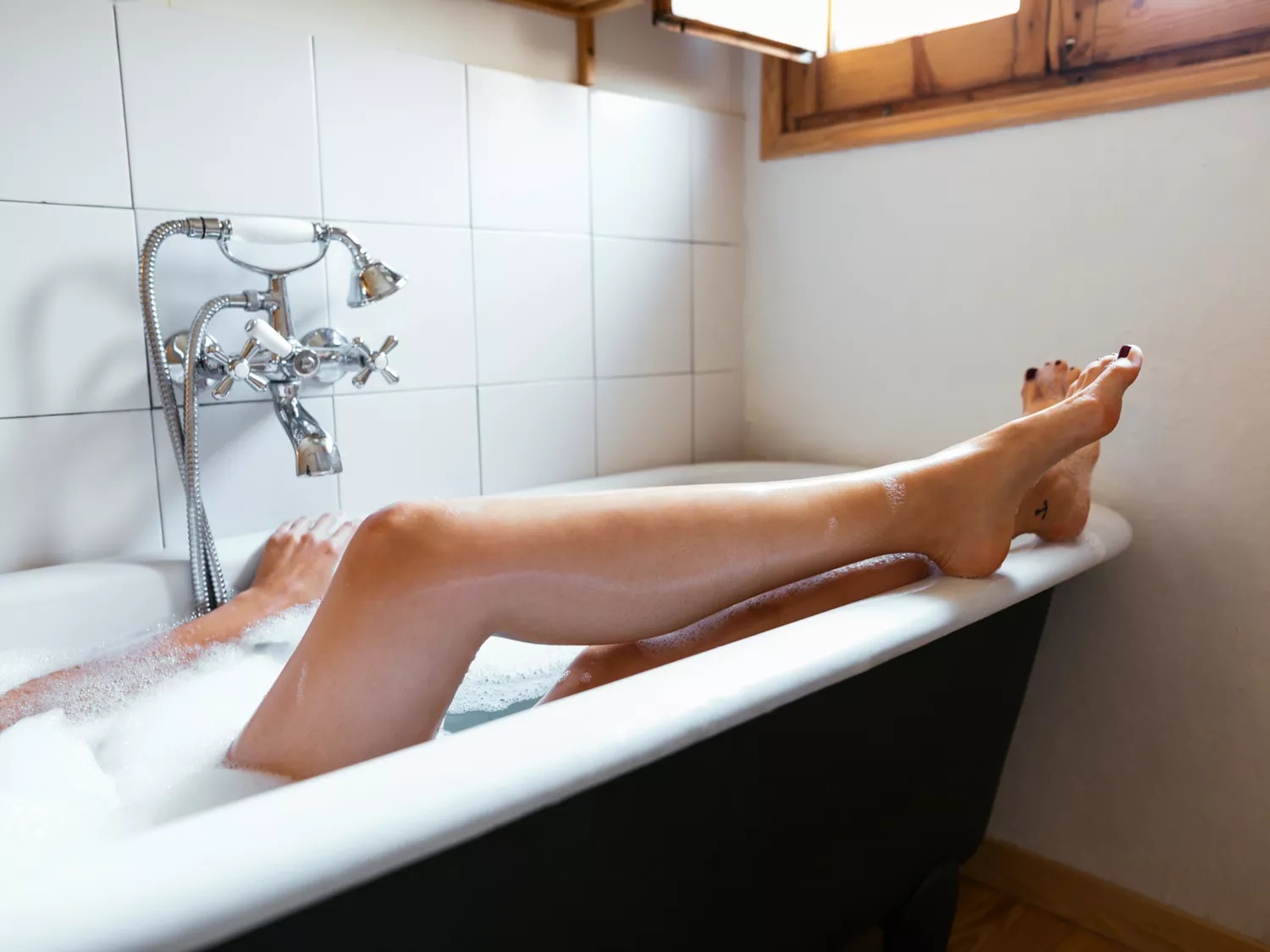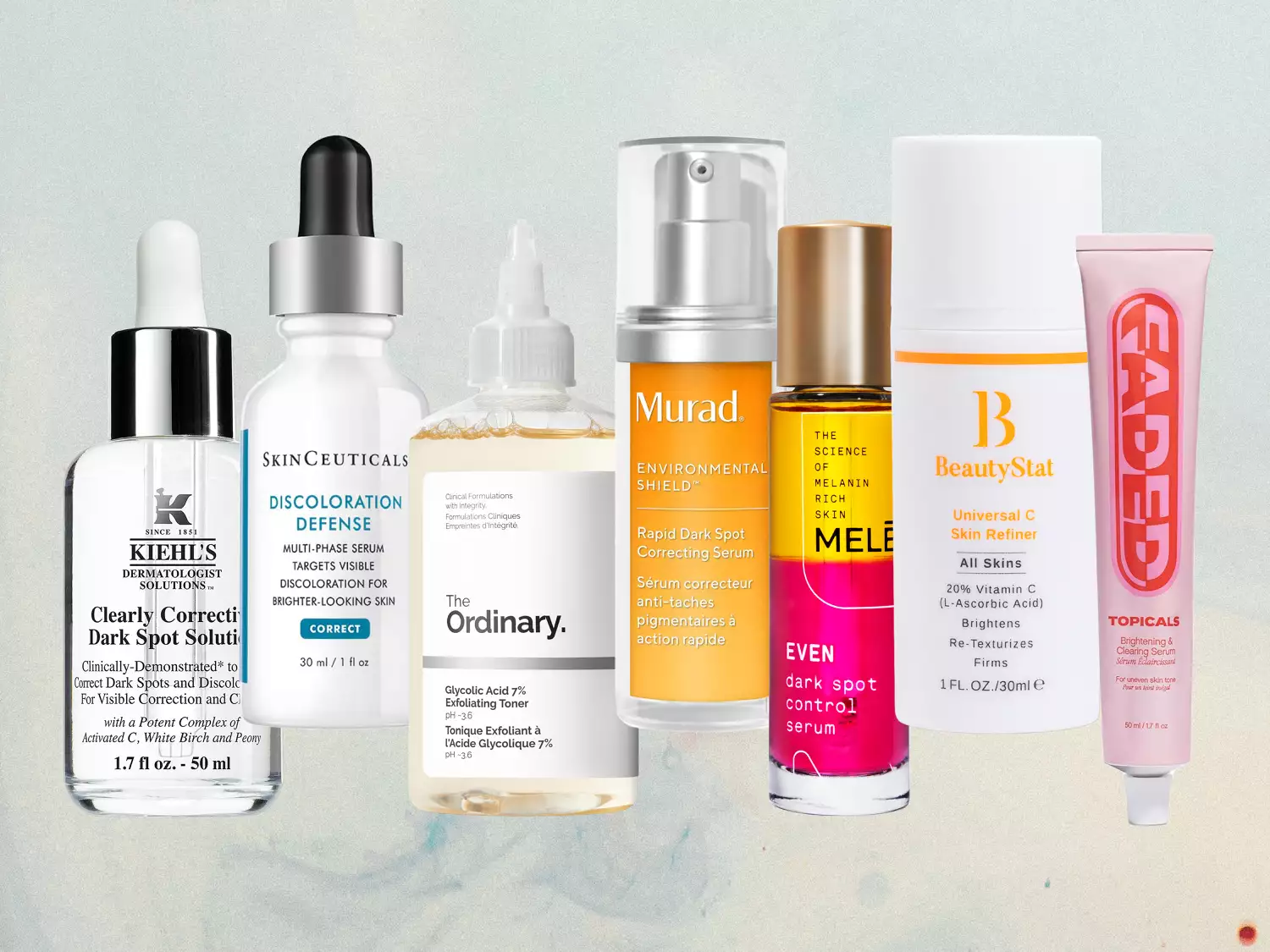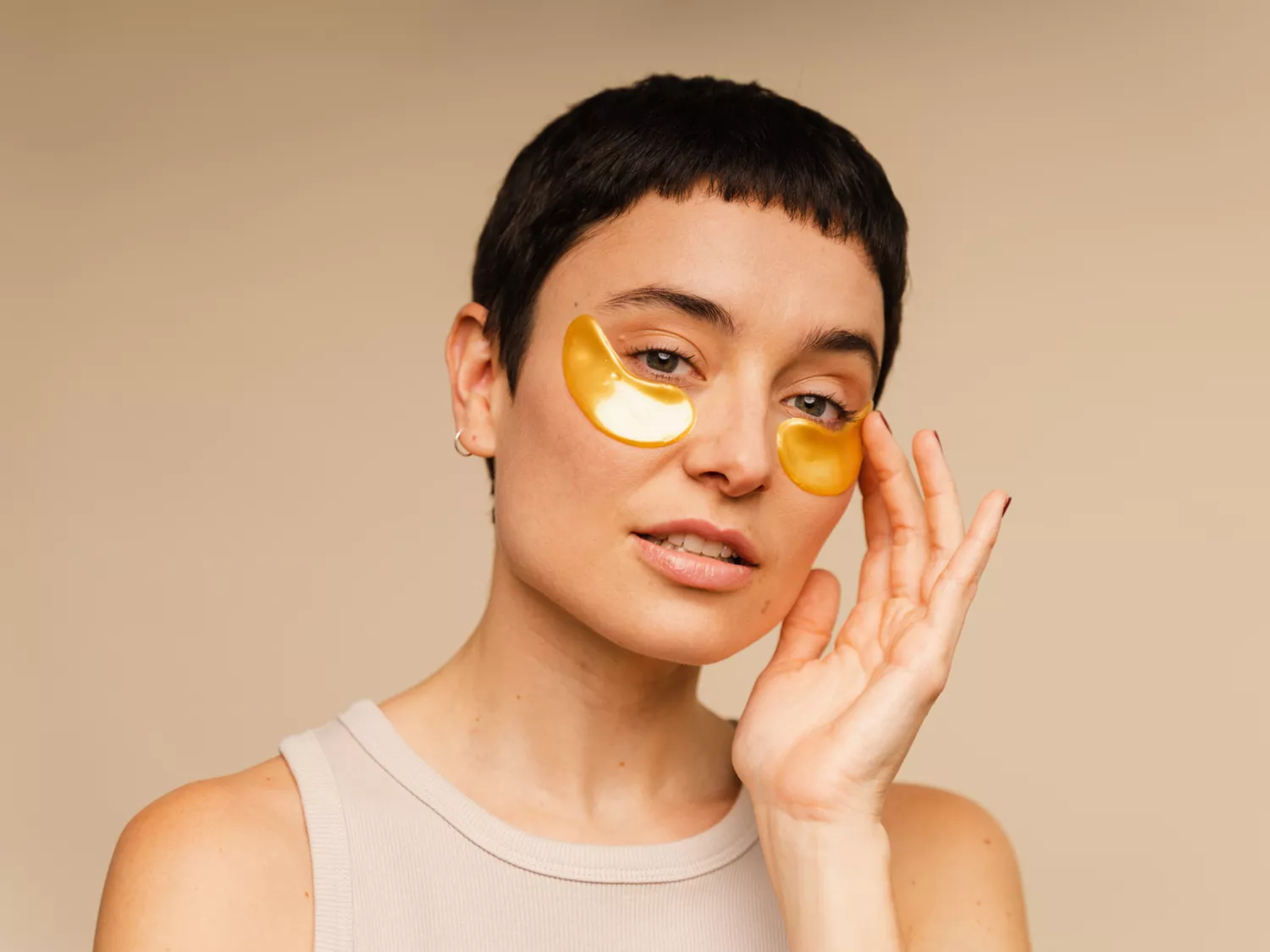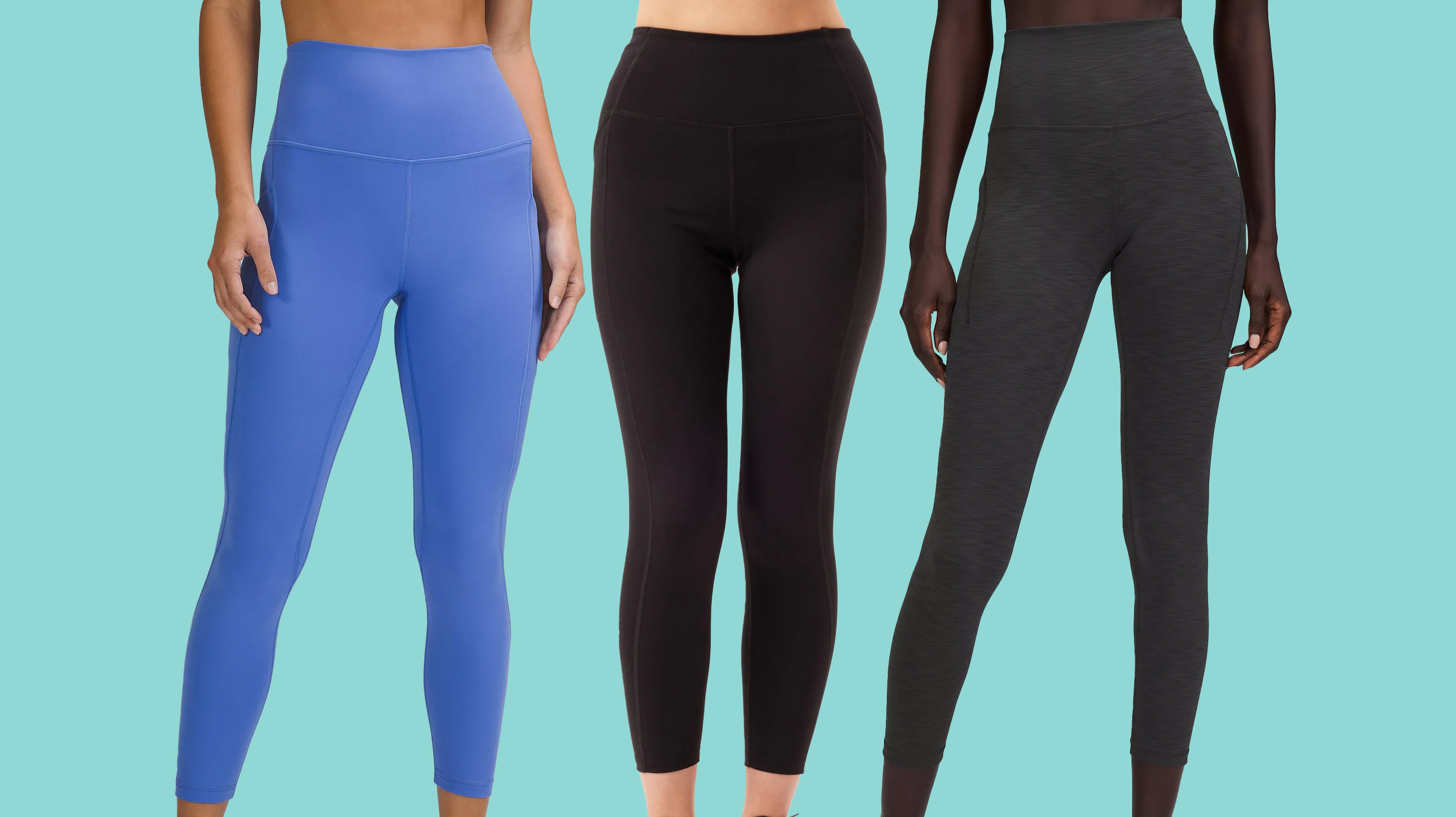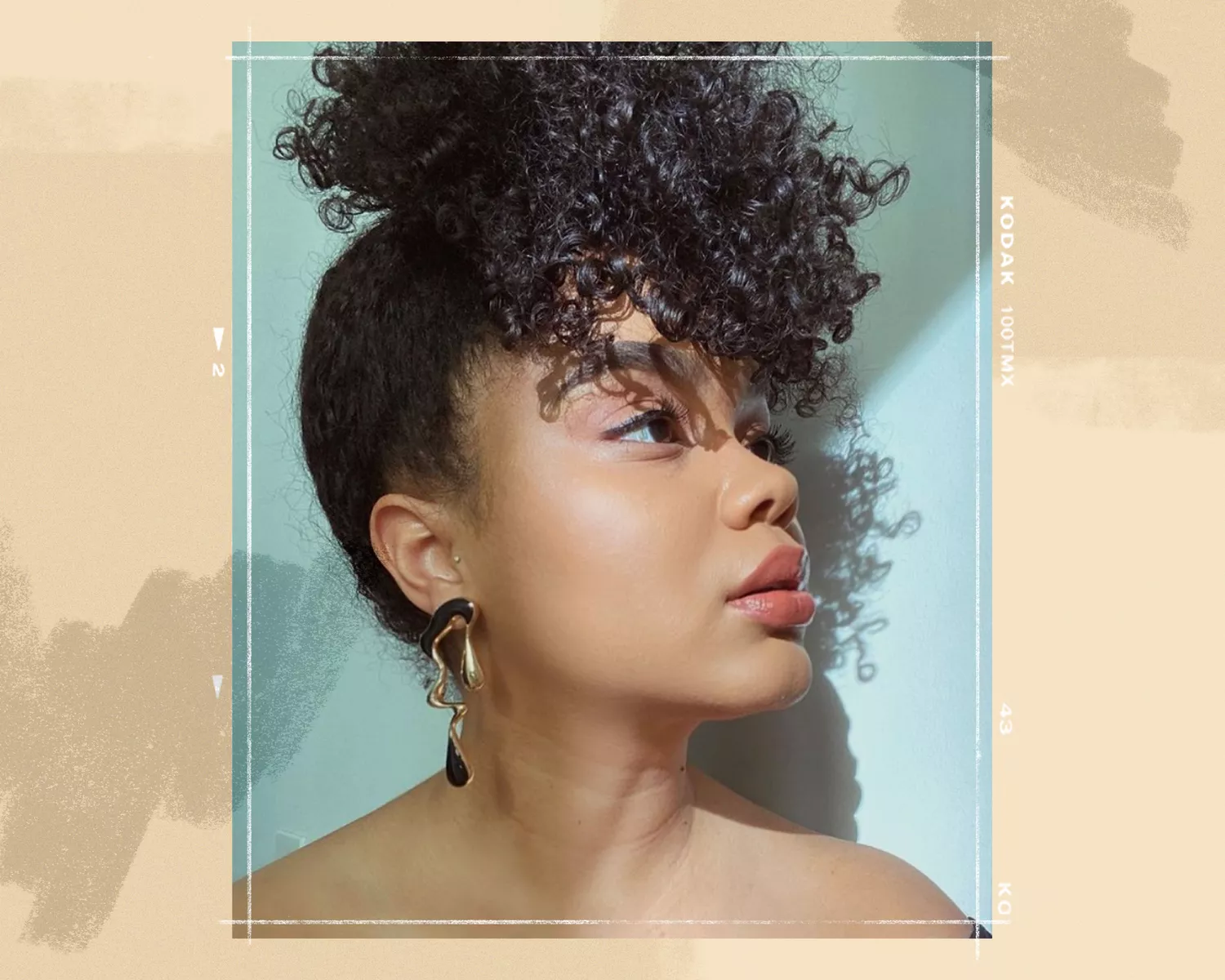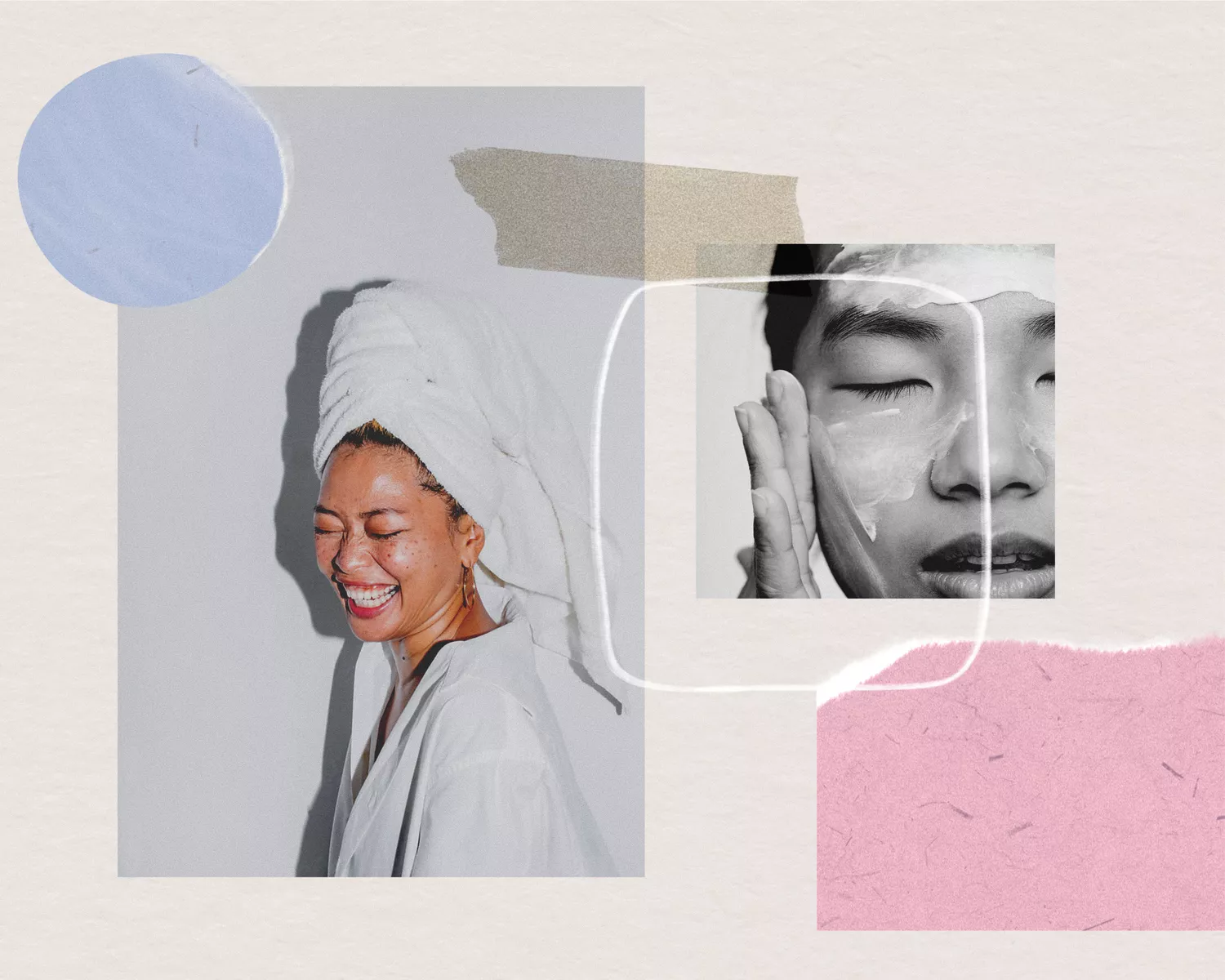
Stocksy
We can all agree that getting acne is no fun, but its better to get it in some areas than others. For example, blemishes on the sides of your cheek or jawline are easier to keep out of sight, but when you develop acne right smack in the middle of your face, such as the area in between your eyebrows, it can feel like youre walking around with a bulls eye. Since where our pimples show up can tell us a great deal about whats causing them (aka the science behind face mapping), its useful to know how to navigate them for a clear complexion.
Board-certified dermatologist Craig Kraffert, MD, explains that getting acne in between your eyebrows is incredibly common as its caused by the blockage of the duct between the oil gland and the skin surface, which is what makes the T-zone such a tricky area on the skin.1
As common as it is though, there are more than a handful of ways to tackle the spots you get in this area. We spoke to two board-certified dermatologists to learn what causes acne between our brows, how to prevent it, and how to treat it if it does pop up. From using retinol and benzoyl peroxide to dabbling into tea tree oil and cleansing your skin every day, keep scrolling for all the tips to keep your complexion crystal clear.
Below, they dig into the causes of acne between eyebrows and how to fix it for good.
Types of Acne You Can Get Between Your Eyebrows
- Pustules: Small, pus-containing bumps that commonly form on the face. These are often red and tender and usually form as a result of bacteria and oil. "In certain circumstances, oil gland activity in the T-zone area may be higher than elsewhere on the skin, and with that activity may come increased incidence and severity of breakouts in acne-prone individuals," explains Kraffert.
- Papules: A solid elevation of the skin that contains no visible fluid, which forms from excess oil and bacteria. These could come about as a result of a reaction to something like an eyebrow wax (more on that, below).
- Cystic acne: Schaffer points out that things like hormones, bacteria, dead-skin-cell buildup, and environmental factors like smoke, ingrown hair, overproduction of oil, makeup, and diet can play a key role when it comes to pimples, spurring cystic acne.
What Causes Acne Between Eyebrows and How to Prevent It
- Excess oil: As Kraffert emphasizes above, the fundamental issue that leads to acne between the eyebrows is the blockage of ducts due to excess oil. "Its what happens after this blockage occurs that determines the type of acne and acne lesions that develop," Kraffert adds.
- Eyebrow-waxing: Its important to take precautions in how your skin is reacting to the method youre using. For example, if youre waxing, according to Schaffer, that can very well be the reason youre breaking out between your brows. "One of the best-kept secrets for preventing acne between the eyebrows is replacing waxing with sugaring," she recommends. "Sugaring encompasses three ingredients to remove the hair and avoids causing inflammation or harm to the pulled skin. Versus if you wax, it contains several ingredients and causes harm and redness to the skin. Just note that some estheticians prefer to exfoliate prior to starting the sugaring process, which can inflame skin (and subsequently, your breakouts)."
- Diet: Your diet could be causing a domino effect with your liver and your T-zone area. In addition to trying a different grooming method, you should make some healthier choices with your diet (like avoiding dairy), which can help make a difference. Kraffert brings up the importance of maintaining a diet that incorporates fatty, omega-rich fish, such as salmon, which support skin health (though its not proven to support acne specifically). And he says milk consumption, especially skim milk, is correlated with an increase in acne risk.
- Picking: The last thing you want to do is add to the problem. As important as it is to do all that you can to prevent this from happening again, Kraffert calls out how vital it is to not do certain things, like pick and squeeze the acne. "While acne surgery expertly provided by a dermatologist can be very beneficial, attempting cystic acne intervention at home often does more harm than good to ones overall complexion and acne condition," Kraffert warns. "Picking acne also greatly increases scarring risk. Additionally, avoid aggressive at-home physical scrubs, such as apricot seed cleanser, because they may cause more acne flares. Some milder and more elegant skincare products can provide excellent results in acne management with a better tolerability profile."
- Dirty hair: Not to add even more to your to-do list, but its better to be safe than sorry and add these habits to your routine as well. "If the pimples are related to dirty hair like bangs, then make sure to shampoo the hair and use a light emollient conditioner," Schaffer says.
How to Treat the Acne Between Your Eyebrows
Use a retinoid.
Retinol works to exfoliate the skin, leading to a faster turnover of skin cells and a smoother texture overall.It takes a while to notice a difference, though, so it’s the kind of ingredient that needs to stay in your routine for quite a while. High-strength retinol products are available with a prescription, but its best to ease into use with a lower-strength product. "Differin Gel ($18) is a mild and efficacious retinoid," Kraffert explains. "Its available without a prescription, so you can use it [once daily at maximum]." This product may be irritating and drying, so start by using it just a few nights a week. If you use too much at once, youll likely notice red, flaky, and (frankly) angry skin. Alternatively, he says to use benzoyl peroxide or prescription oral medications.
Try a clarifying mask.
These deep cleansing masks focus on purifying the pores, absorbing excess oil, and overall detoxing. Youll typically find ingredients such as clays such as Kaolin and Bentonite, but make sure it also has moisturizing properties to prevent your skin from drying out. LOréals Pure Clay Mask ($14) and the Kiehls Rare Earth Deep Pore Minimizing Clay Mask ($45) are two great options.
Turn to benzoyl peroxide.
Benzoyl peroxide works to zap acne-causing bacteria beneath the skin, increasing cell turnover so that the old breakouts will fade away. Even better, it sheds sebum and oil from pores so new breakouts won’t form (or, at least, not as often). It can be harsh on sensitive skin, though, so it’s worth exercising caution and using plenty of moisturizer in conjunction with a benzoyl peroxide-rich product.3Kraffert recommends looking for products that contain a hefty dose of benzoyl peroxide, like Neutrogenas Clear Pore Cleanser/Mask ($9).
Key Ingredients
Benzoyl peroxide is an organic acid in the peroxide family that has been used to treat acne because of its keratolytic, moderate comedolytic, and antibacterial properties, which include the reduction of P. acnes and Staph. aureus on the skin.
Spot treat with charcoal.
Charcoal-based products are plentiful these days and include everything from blotting papers to facial mists. Charcoal helps draw out impurities in the skin, drying up breakouts and clearing skin over time. Its meant to act as an allover detoxifier, sopping up excess oil and tightening pores, too. Its also not as strong as some other ingredients (like benzoyl peroxide or retinol), so it likely wont dry out skin or strip it of too much moisture. Schaffer recommends Eminences Balancing Masque Duo ($60) as its able to penetrate deep into the open comedones, Its a two-part product, with one mask specifically formulated for use on the T-zone and another for use on the cheeks.
Regularly cleanse your skin.
This may seem like a no-brainer, but its worth reiterating that one of the best ways to keep your skin blemish-free is to make sure your washing your face with an effective cleanser to prevent your pores from becoming clogged, which leads to breakouts.
Dry out acne with sulfur.
Sulfur promotes exfoliation and dries up acne between the eyebrows. Its a natural element (so its milder than some other products that target acne between the eyebrows), but its still powerful. Not only will it work to dry out current blemishes, but it fights acne-causing bacteria and can therefore prevent future breakouts. Try it for yourself with Derma Es Sulfur Spot Treatment ($16).
Tackle breakouts with tea tree oil.
This miracle ingredient comes in handy particularly well for those who accidentally leave their makeup on overnight. Tea tree oil targets bacteria in the skin—ideal for those struggling with acne between the eyebrows. "Leave the tea tree oil on for four hours, and the pimple will minimize," advises Schaffer. Because its an oil, though, it wont wreak havoc on the skin, and can actually help calm redness. A 2006 study found that tea tree oils antimicrobial properties might make it beneficial for acne sufferers, as it targets the bacteria responsible for breakouts.5In addition to using it as a spot treatment, you can always add a few drops of pure tea tree oil to other products (such as toners, mists, or even moisturizers), to further reap the benefits.
19 Essential Oils for Acne That Skincare Experts Always Recommend
Article Sources
We takes every opportunity to use high-quality sources, including peer-reviewed studies, to support the facts within our articles. Read our editorial guidelines to learn more about how we keep our content accurate, reliable and trustworthy.
Cleveland Clinic. What does it mean when acne is on certain areas of your face? Updated June 8, 2020.
Zasada M, Budzisz E. Retinoids: active molecules influencing skin structure formation in cosmetic and dermatological treatments. Postepy Dermatol Alergol. 2019;36(4):392-397. doi:10.5114/ada.2019.87443
Fox L, Csongradi C, Aucamp M, du Plessis J, Gerber M. Treatment modalities for acne. Molecules. 2016;21(8):1063. doi:10.3390/molecules21081063
Kawashima M, Nagare T, Doi M. Clinical efficacy and safety of benzoyl peroxide for acne vulgaris: comparison between Japanese and Western patients. J Dermatol. 2017;44(11):1212-1218. doi:10.1111/1346-8138.13996
Carson CF, Hammer KA, Riley TV. Melaleuca alternifolia (tea tree) oil: a review of antimicrobial and other medicinal properties. Cli n Microbiol Rev. 2006;19(1):50-62. doi:10.1128/CMR.19.1.50-62.2006


